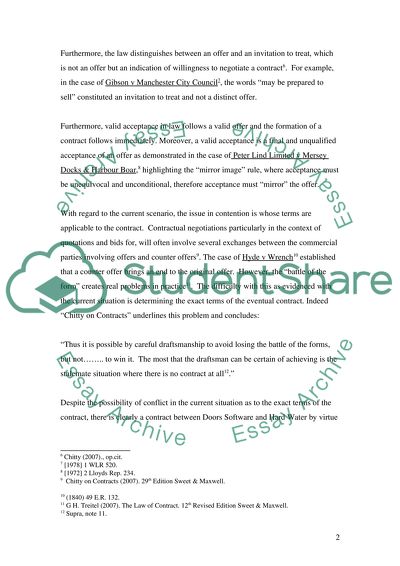Cite this document
(“Business Law - Case study Example | Topics and Well Written Essays - 2000 words”, n.d.)
Business Law - Case study Example | Topics and Well Written Essays - 2000 words. Retrieved from https://studentshare.org/law/1530647-business-law-case-study
Business Law - Case study Example | Topics and Well Written Essays - 2000 words. Retrieved from https://studentshare.org/law/1530647-business-law-case-study
(Business Law - Case Study Example | Topics and Well Written Essays - 2000 Words)
Business Law - Case Study Example | Topics and Well Written Essays - 2000 Words. https://studentshare.org/law/1530647-business-law-case-study.
Business Law - Case Study Example | Topics and Well Written Essays - 2000 Words. https://studentshare.org/law/1530647-business-law-case-study.
“Business Law - Case Study Example | Topics and Well Written Essays - 2000 Words”, n.d. https://studentshare.org/law/1530647-business-law-case-study.


